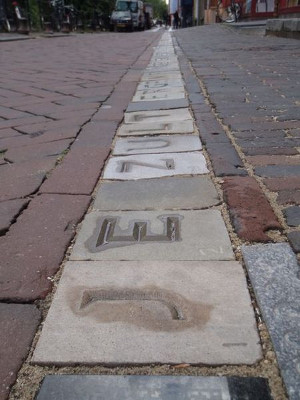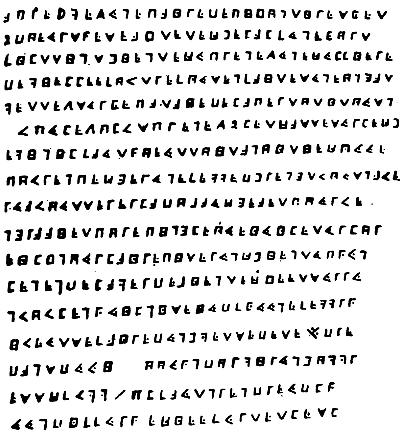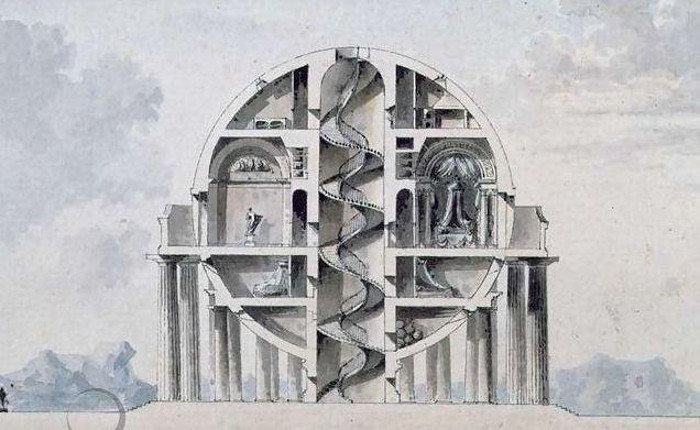Japanese racehorse Haru Urara became “the shining star of losers everywhere” when she racked up a record of 0 wins and 113 losses in the early 2000s. In the face of a national recession, Prime Minister Junichiro Koizumi said, “The horse is a good example of not giving up in the face of defeat.” For the horse’s 106th race, Japan’s premier jockey, Yutaka Take, was brought in to ride her. She placed 10th out of 11.
British Thoroughbred Quixall Crossett ran to 103 consecutive defeats in the 1990s. Assistant trainer Geoff Sanderson said, “He got the most tremendous cheer you’ve ever heard on a race course. … The horse doesn’t know he gets beat because he gets a bigger cheer than the winner.”
American Thoroughbred Zippy Chippy retired in 2010 with a lifetime record of 0 wins in 100 starts, though he did once outrun a minor league baseball player. Racing historian Tom Gilcoyne said the horse “hasn’t done anything to harm the sport. But it’s a little bit like looking at the recorded performances of all horse races through the wrong end of the telescope.”





